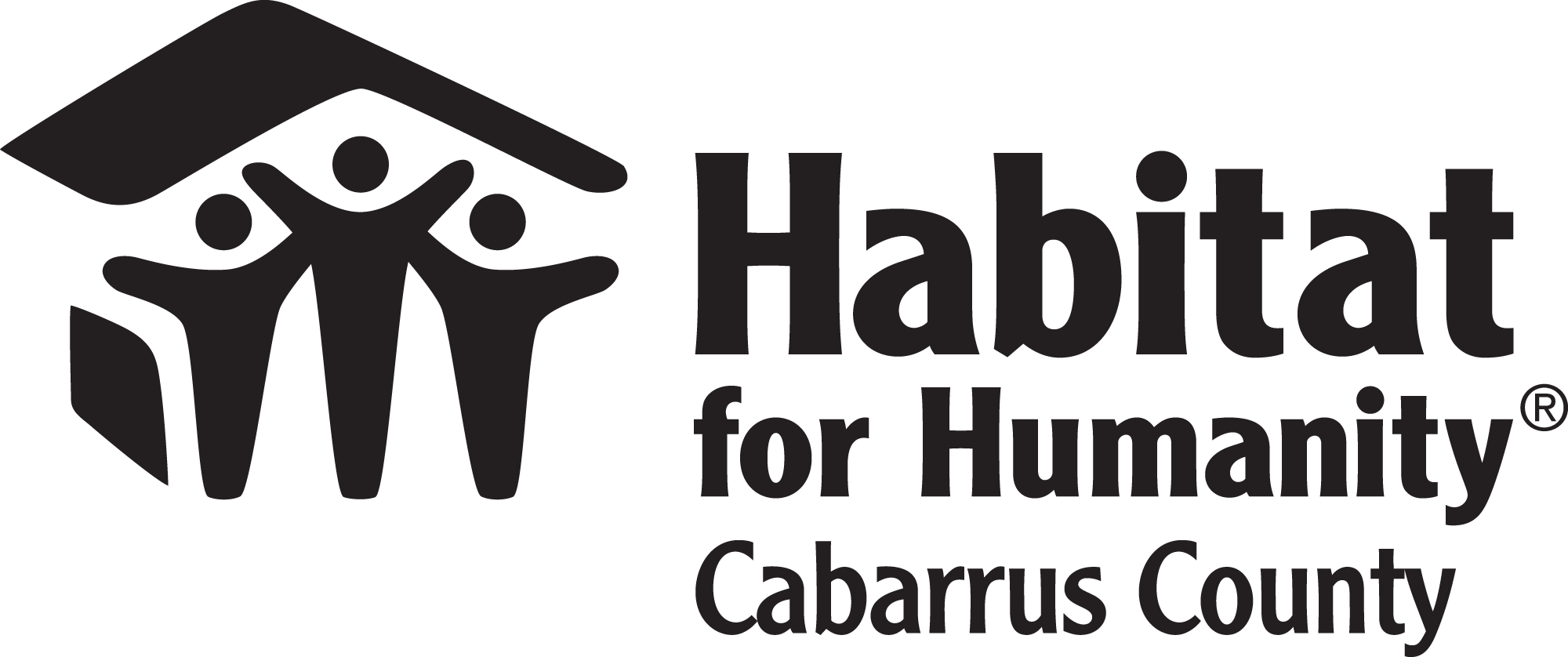Habitat Cabarrus partners with UNC Charlotte on prototype home
CABARRUS COUNTY — UNC Charlotte is working with Habitat for Humanity Cabarrus County in producing a brand new type of home.
Architecture professor Marc Manack is heading up a project in which he and his students have been thinking of new ways to redesign a home for better efficiency and affordability.
Habitat for Cabarrus Resource Director Kimberly Jones spoke about the prototype at an affordable housing roundtable with U.S. Department of Housing and Urban Development Secretary Ben Carson in Kannapolis last month.
She dove further into the project with Professor Manack in a YouTube video Wednesday.
“We’re very appreciative you and your team took on this project and this challenge,” Jones said.
Manack and his team have been working on the prototype for around 18 months.
New plans will soon be ready to transform into a new Habitat Cabarrus project which will trim the size of the footprint of a home while reducing the cost and impacting the functionality as well.
“I think the issue with most Habitat for Humanity projects is always about affordability and cost, so to think about ways that we could rethink the design of the prototype for efficiency and then for a way to save cost,” Manack said. “We also were thinking about new materials, new ways of building, green building, things like that, so all of that came together at the point of departure for our design.”
Manack is a practicing architect with a small firm called SILO which also operates out of Fayetteville, Arkansas and Cleveland, Ohio.
SILO works on residential and institutional projects across the United States, completing projects for a variety of clients and communities, much of which has been recognized for its design and execution.
A partnership with UNC Charlotte and Manack in particular was a natural choice for Habitat Cabarrus, and a prototype is right around the corner.
“There’s only so many ways that you can save cost on a project and the easiest way is in some ways to make it smaller,” Manack said. “So what we did is we looked at the former prototype designs and tried to keep some of the spirit of that.
“We found ways to sort of take out little pieces of square footage here or there and sort of streamline the design a little bit. So we’ve managed to take out, I think it’s around 100 square feet of the prototype without really compromising the space and functionality for the homeowner.”
Manack said they found a way to eliminate some of the extra space in the rooms while creating more area in the main living space.
They have vaulted the ceilings to let more light in and make it feel bigger than it is. On the efficiency front they got creative as well.
“The new configuration allows us to take advantage of environmental things like cross ventilation in a new way,” he said. “So in some ways we got some economy out of it (and) we also got more, let’s say, passive ways to get energy efficiency and things like that.”
Manack said they are almost at the point where they will be able to “put shovels in the ground soon.”
“We can’t wait,” Jones said. “We certainly hope that we’re able to build the prototype in 2021, so we’re very excited here as well.”
SILO has made an effort to work with nonprofits like Habitat Cabarrus in recent years and prides itself on giving many people opportunities where they might not have had them before.
“I think that everyone deserves good design,” he said. “Everyone deserves to live in thoughtful, well-conceived spaces and part of that is bringing architecture to places where it normally doesn’t happen.
“I think organizations like Habitat provide me with opportunities to do that, and I think it’s also important to model that behavior for students and let them know that no matter what task they’re taking on it should be done at a very high level.”
